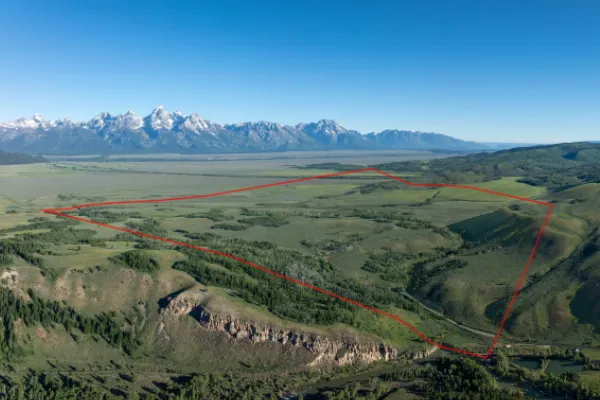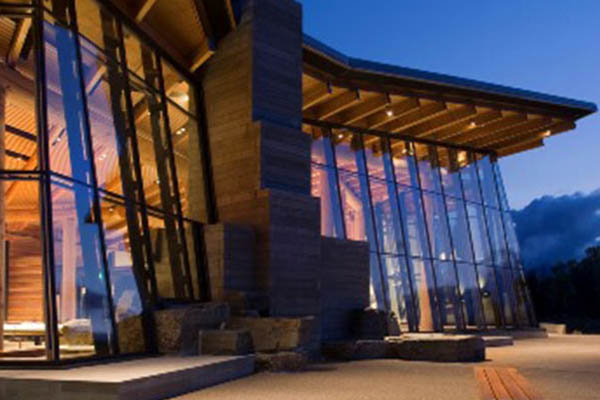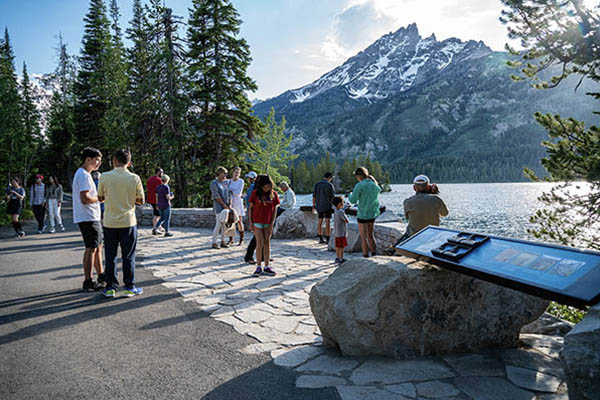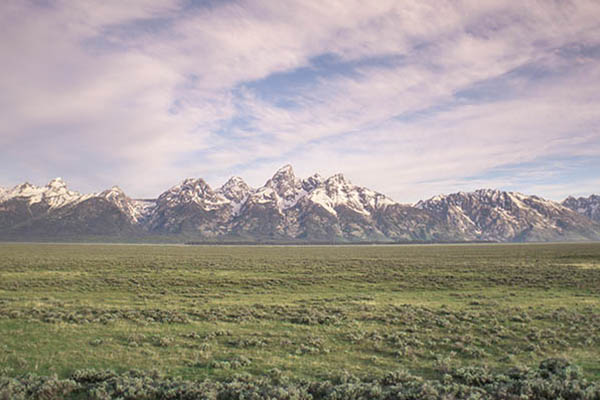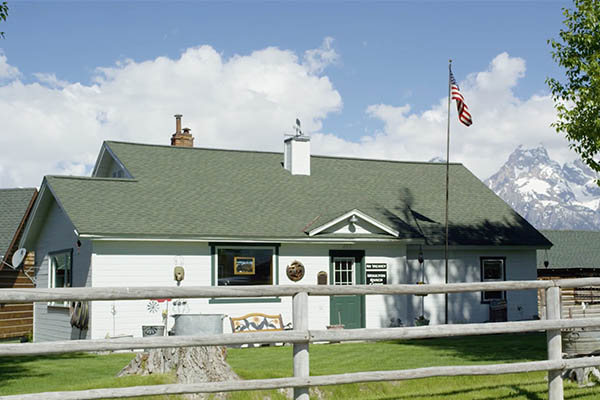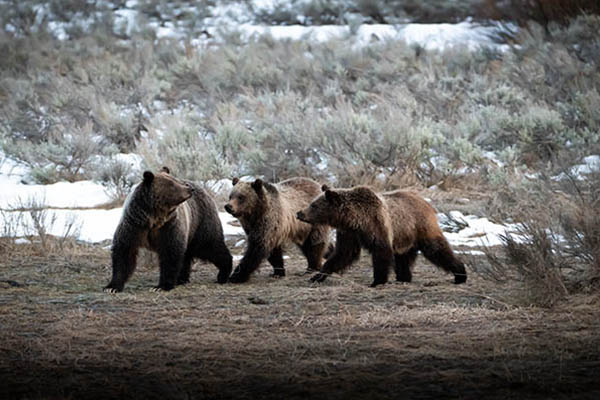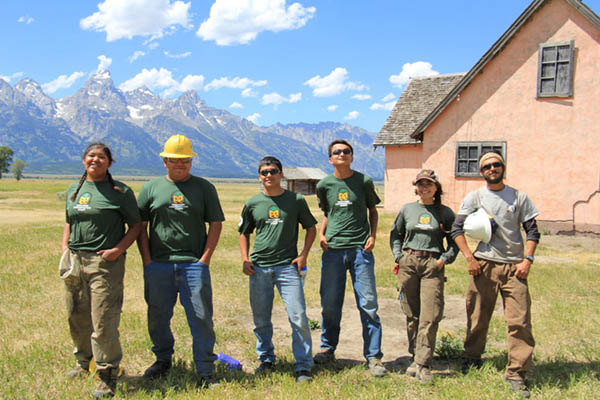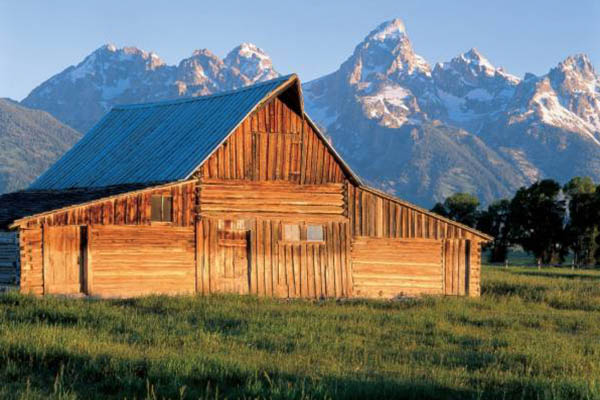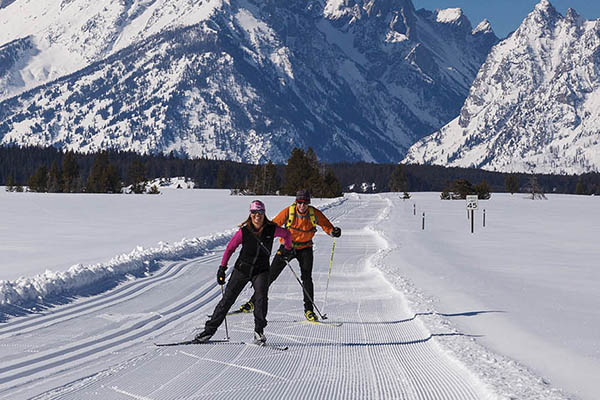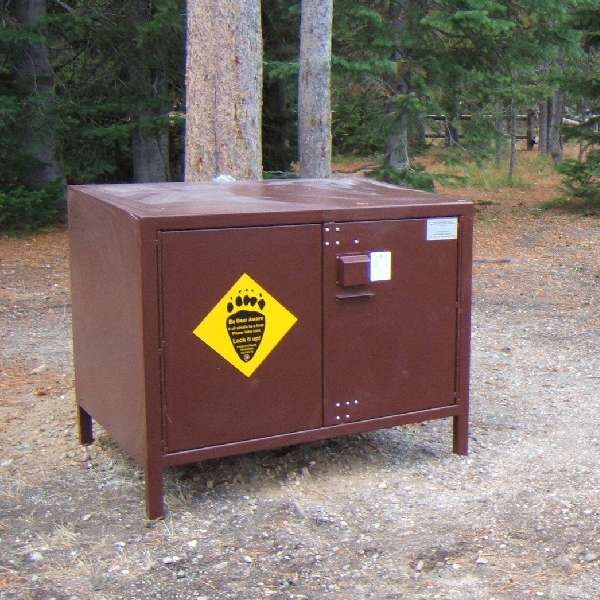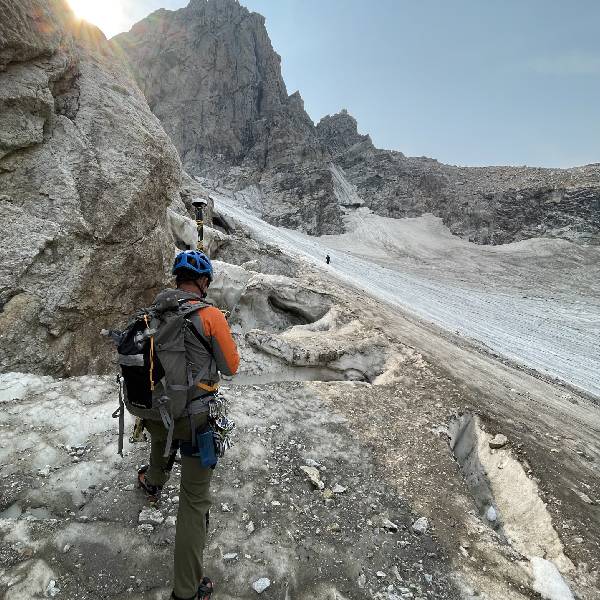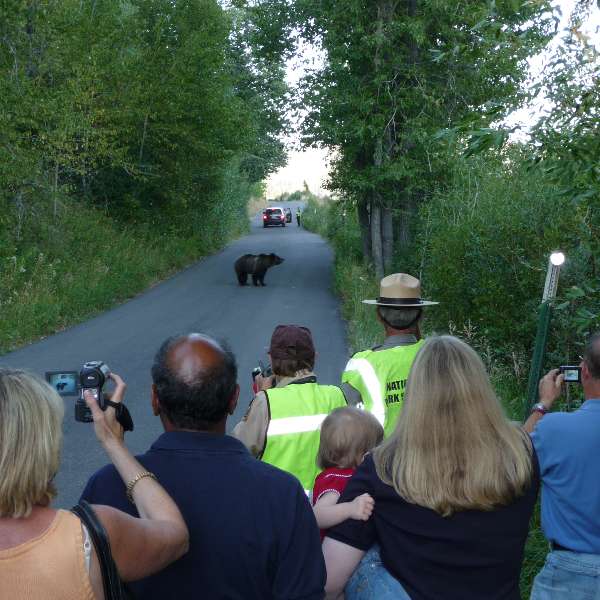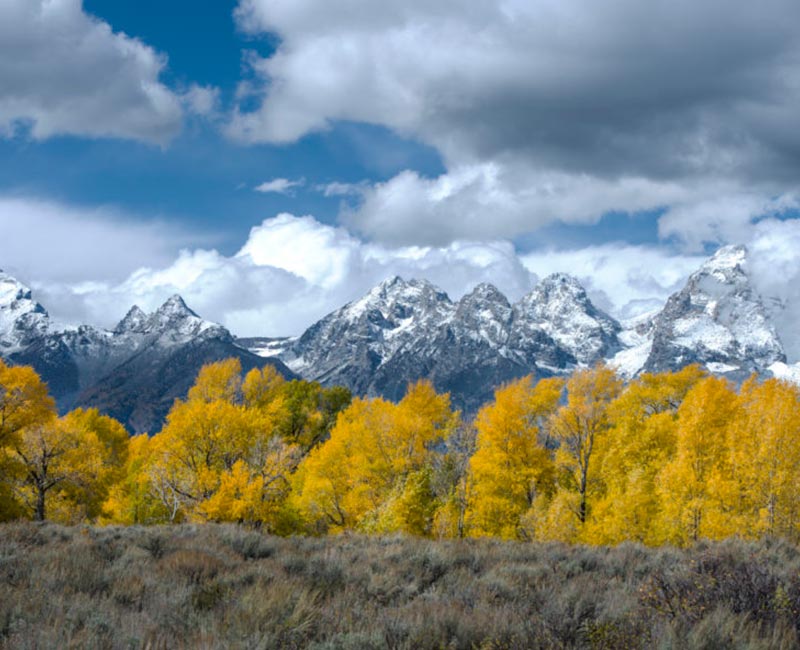WILDLIFE & NATURAL RESOURCES INITIATIVE
Changing visitation, land use and development patterns, environmental shifts, and invasive species all threaten to disrupt the sensitive ecological relationships that characterize Grand Teton today. Activities supported by this initiative will supplement the park’s finite operating resources and make significant strides toward ensuring the long-term ecological integrity of Grand Teton National Park, as well as its ability to adapt as needs evolve.
OUR PRIORITIES
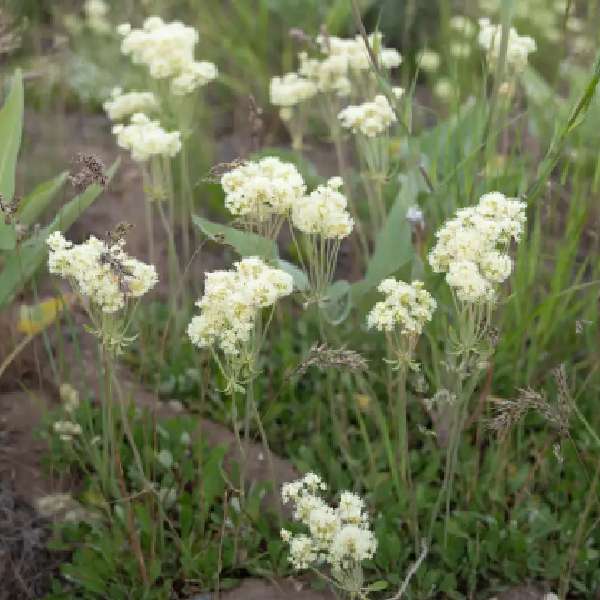
Kelly Hayfields Habitat Restoration
Restoring sagebrush: Grassland wildlife habitat, The restoration of 4,500 acres
Learn More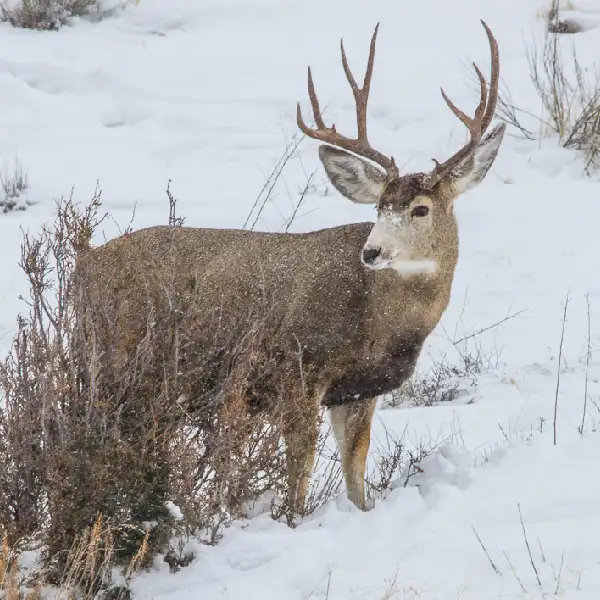
Monitoring Chronic Wasting Disease
This year, ungulate biologists will focus on monitoring elk as carriers of the (CWD)
Learn More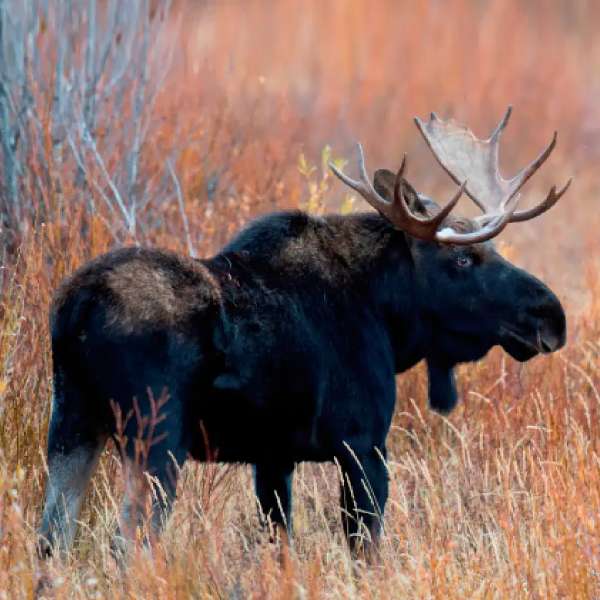
Monitoring Ungulate Populations Of Concern
Bighorn sheep and moose populations in the park are currently declining or are at very low levels.
Learn More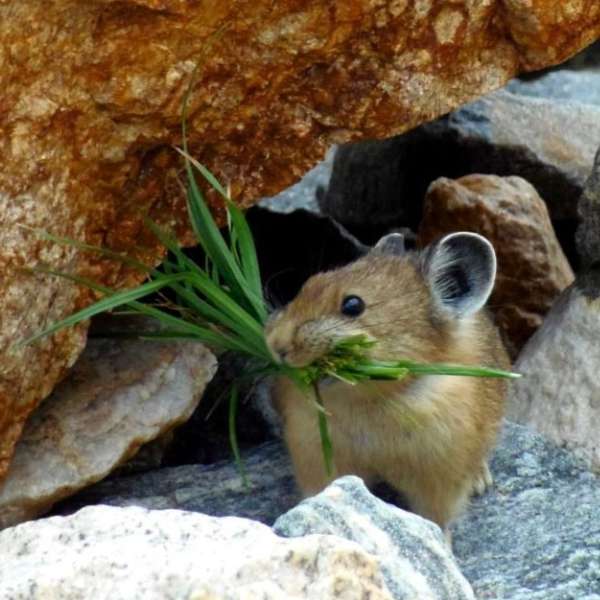
Mountains to Main Street
Monitoring pikas in a changing climate. American pikas are declining nearly everywhere
Learn More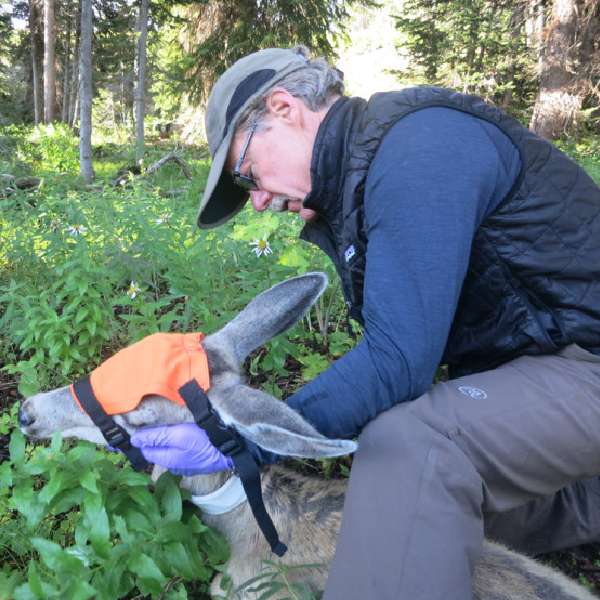
Mule Deer Migrations
Conserving biodiversity: Protection of wildlife migration corridors. Biologists focused on identifying migratory corridors and threats
Learn More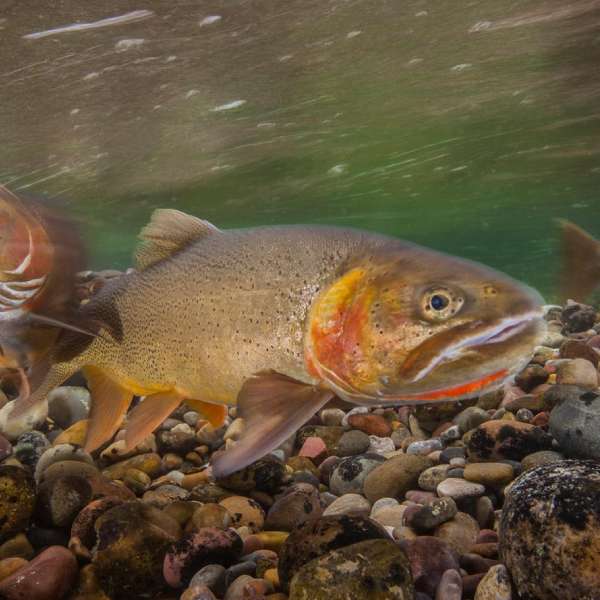
Native Fish Conservation
This initiative focuses on studying the life histories of native fish
Learn More
NPS Academy
Monitoring pikas in a changing climate. American pikas are declining nearly everywhere
Learn More
Pika Research
Monitoring pikas in a changing climate. American pikas are declining nearly everywhere
Learn More
Pura Vida
Monitoring pikas in a changing climate. American pikas are declining nearly everywhere
Learn More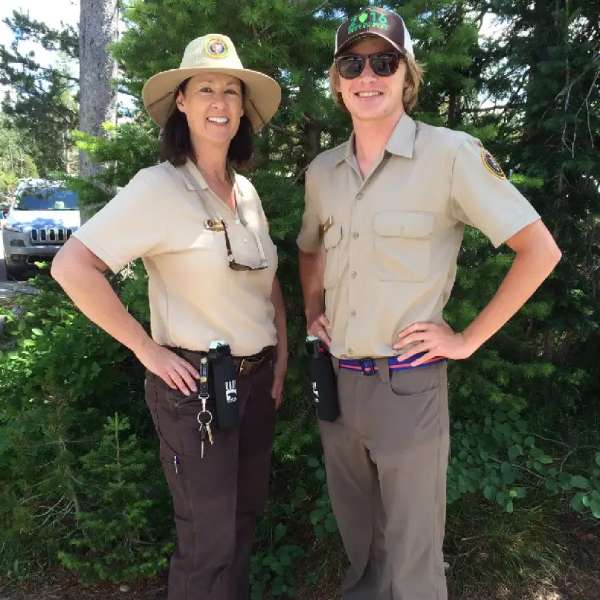
String Lake Volunteers
Educating visitors to protect natural resources in an intensively used landscape
Learn More
Tribal Youth Corps
Monitoring pikas in a changing climate. American pikas are declining nearly everywhere
Learn More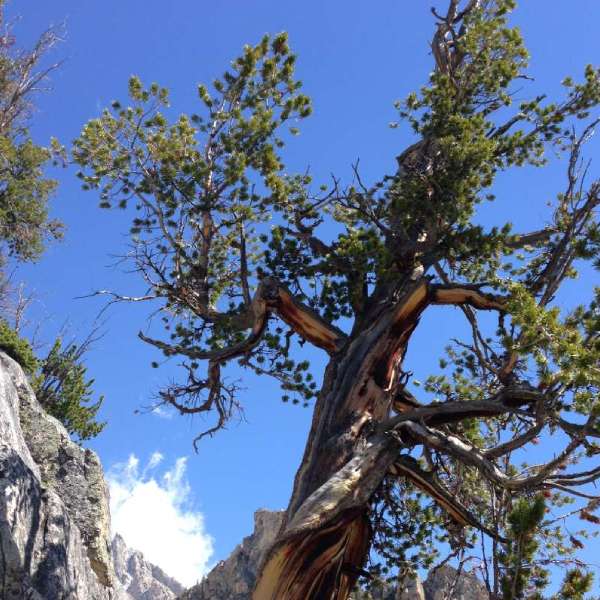
Whitebark Pine Conservation
Monitoring whitebark pine health, persistence, and reproduction
Learn More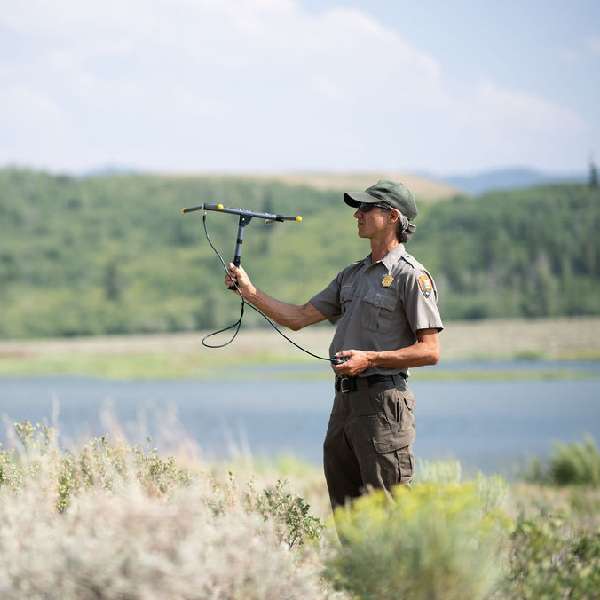
Wolf Research & Monitoring
Status and ecology of gray wolves: Applying science to long-term conservation
Learn More
Youth Conservation Program
Monitoring pikas in a changing climate. American pikas are declining nearly everywhere
Learn More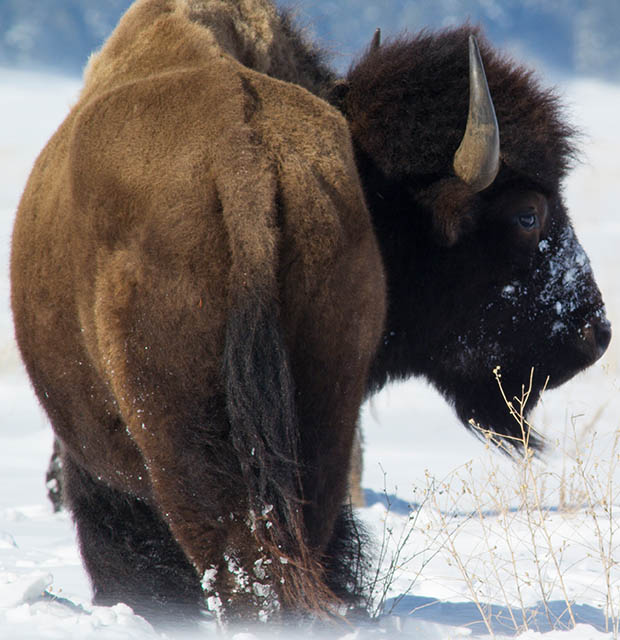
WHY? A FOUNDATION FOR THE FUTURE OF WILDLIFE IN GRAND TETON
Grand Teton National Park anchors the Greater Yellowstone Ecosystem
One of the last remaining large and nearly intact northern temperate ecosystems on Earth. The park’s renowned wildlife persists because of a landscape that has changed relatively little in 10,000 years. Careful attention to stewardship has enabled Grand Teton to become a world-class destination to view iconic wildlife and a place of science and discovery.
Yet, a variety of pressures mean that the once self-sustaining landscape needs vigilance and active participation from those who value all that it represents. Changing visitor and land use, land development patterns, climate change, and invasive plants and animals all threaten to disrupt the sensitive ecological system that characterizes Grand Teton today.

